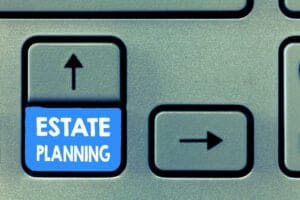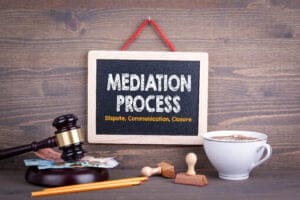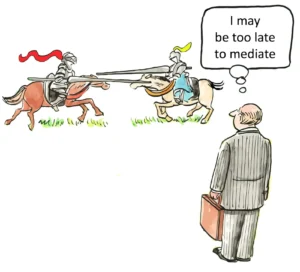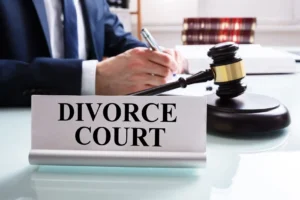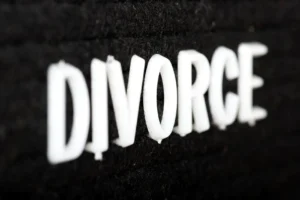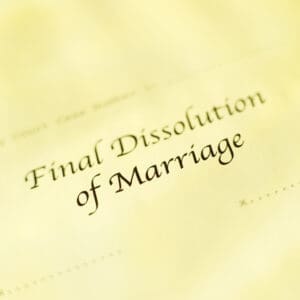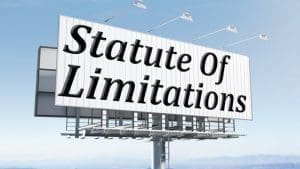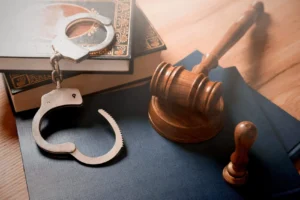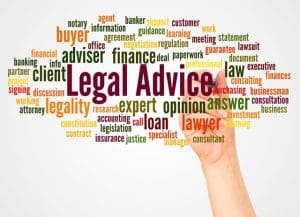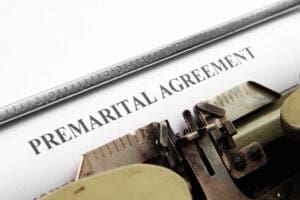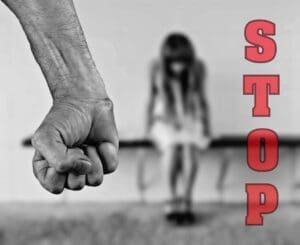The ‘Open and Obvious’ Doctrine in NY Slip and Fall Cases
When someone trips in a public or private setting, the question often arises whether the hazard was obvious enough to avoid. The open and obvious doctrine addresses this by determining if the condition causing the slip was plainly visible and recognizable by anyone exercising reasonable caution. If a hazard is considered plainly visible, the property holder typically is not responsible for injuries resulting from it.
This doctrine plays a crucial role in fall injury cases, as it limits liability for property owners who are only required to protect against hidden or unreasonable dangers. Conditions that are easily seen and not inherently dangerous fall outside their obligation, shifting the focus onto whether the injured person should have been aware of the risk.
Understanding how this doctrine applies can be critical in evaluating the merits of a claim related to an injury at a location. For anyone unsure whether their situation qualifies for legal action, resources are available to provide guidance. Seeking help from professionals who are experienced with slip and fall cases in urban areas may offer clarity and improve the chances of a successful outcome.
Understanding the ‘Open and Obvious’ Doctrine in NY Slip and Fall Cases
This doctrine assesses whether a risky condition was plainly visible to a person entering a property. It influences how responsibility is assigned to property holders and determines the viability of claims involving falls caused by hazards. The application of this rule shapes the outcomes of many injury disputes.
Legal Definition and Historical Background
The “open and obvious” principle refers to conditions that a reasonable person would readily notice and recognize as a risk. Historically, courts have used this rule to limit the accountability of property holders when dangers were plainly apparent.
This approach began as a way to distinguish between hidden risks and those clearly visible to visitors. The idea assumes individuals have a responsibility to observe their surroundings and avoid evident threats. Over time, courts in New York have refined this concept to balance the duties of property holders with the expectations placed on entrants.
Role in Premises Liability
In claims involving a slip caused by hazardous spots on property, this doctrine often forms a key defense for owners. Property holders must maintain a duty of care by addressing hazards that could inflict harm. However, if the risky circumstance is evident to anyone using reasonable caution, this duty may not fully apply.
This rule reduces the obligation for property holders to warn about or correct dangers that are obvious. Nonetheless, if a condition is inherently hazardous despite being noticeable, property owners must still act prudently. The line between apparent risks and dangerous circumstances requiring intervention is critical in injury disputes.
Common Applications and Limits
The rule is frequently invoked in situations like wet floors, uneven surfaces, or visible debris. Property owners argue that the injured party should have seen and avoided these risks. Yet, exceptions exist when individuals are distracted or the danger is masked by other factors.
For instance, a person hurried or inattentive may not notice a visible hazard. Moreover, if a condition is considered unusually perilous despite its visibility, the rule may not fully apply. Courts sometimes find that even an obvious circumstance requires warnings or correction, depending on how dangerous it is.
How the Doctrine Impacts Slip and Fall Lawsuits
This principle significantly affects personal injury cases by potentially barring recovery if the hazard was plainly perceptible. Defendants use it to claim the visitor knew or should have known about the risk. Plaintiffs must then prove the condition was either not as obvious as claimed or posed an unexpected danger.
This often leads to disputes over evidence showing the nature of the hazard and the visitor’s awareness. Factors like lighting, distractions, and the confusion of surroundings influence whether courts consider a condition truly obvious. Understanding this rule helps clarify the chances of success in injury claims tied to property hazards.
Establishing Liability and Defenses in New York Courts
In slip and fall cases in New York, liability hinges on several factors including the property owner’s responsibility to maintain safe premises and the plaintiff’s awareness of hazards. Defendants often challenge whether the hazard was apparent or if the injured party shared blame. Legal proceedings focus heavily on evidence and the role of the jury in weighing these elements.
Proving Negligence and the Duty of Care
To hold a property owner accountable, it must be shown that they breached their obligation to keep the premises reasonably safe. This duty varies according to the status of the injured person whether an invitee, licensee, or trespasser with invitees generally receiving the highest level of protection.
Plaintiffs must demonstrate that the owner failed to correct or warn about unreasonable dangers that were within their control. Additionally, some cases rely on a doctrine similar to negligence per se, where a violation of a safety statute establishes fault automatically.
Establishing negligence typically requires proving:
- The owner owed a duty toward the injured person
- A breach of that duty occurred
- This breach caused the injury
- Actual damages resulted from the injury
The ‘Open and Obvious’ Defense and Comparative Negligence
Property owners often argue that the hazard was obvious enough for the injured party to notice and avoid, using the “open and obvious” rationale to negate the owner’s liability. However, New York courts do not always dismiss cases solely based on this defense, recognizing situations where the danger’s visibility does not absolve responsibility.
In addition, the concept of shared fault plays a critical role. Comparative fault law adjusts compensation if the injured party contributed to the accident through lack of caution. This means damages may be reduced based on the plaintiff’s degree of responsibility.
Both defenses require careful examination of the circumstances, including the condition’s nature, the plaintiff’s ability to perceive risk, and whether the property holder took reasonable precautions.
The Role of the Jury and Evidence Requirements
Trials often depend on the jury’s interpretation of facts, especially regarding whether the premises were safe and if the danger was noticeable. Courts typically avoid summarily dismissing cases through summary judgment motions unless the evidence overwhelmingly favors one party.
Detailed documentation, witness testimony, and professional assessments can sway the jury’s view on liability and shared responsibility. For example, an attorney representing the injured party will emphasize the owner’s failure to maintain the property, while defense lawyers highlight the plaintiff’s awareness or fault.
Clear presentation of evidence regarding the hazard’s condition, timing, and any warnings given is crucial for influencing jury decisions.
Potential Damages and Compensation
When liability is established, injured individuals may recover compensation for medical expenses, lost income, pain and suffering, and other consequences of the fall. The amount awarded depends on injury severity, the degree of fault assigned, and future impacts on the plaintiff’s life.
Property owners sometimes face significant financial consequences if found negligent, especially if the plaintiff secures the services of a seasoned personal injury attorney who can effectively argue for comprehensive relief.
Damages categories often include:
- Economic: medical bills, rehabilitation costs, wage loss
- Non-economic: emotional distress, reduced quality of life
- Punitive damages are rare but possible if gross negligence is proven
The court’s aim is to restore the injured party as much as possible to their previous condition through fair monetary remedies.


